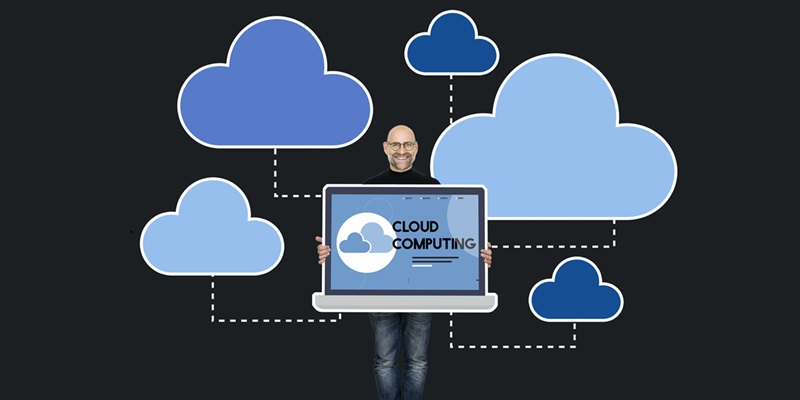In today’s fast-paced digital landscape, organizations are increasingly turning to the cloud for its myriad benefits. However, the transition to the cloud is not without its challenges. From meticulous planning and cost estimation to security considerations, compliance adherence, and the crucial task of skill-building, navigating the intricacies of cloud migration requires a strategic approach. This article will delve into the various factors involved in cloud migration, providing insights on how organizations can develop an effective strategy to maximize the benefits of the cloud.
Understanding Cloud Migration Models
To lay the foundation for a successful migration, it is crucial to understand the different cloud migration models available. These models include rehosting (lift-and-shift), refactoring (re-platforming), rearchitecting (rebuilding), and replacing (rethinking). Each of these models brings a unique approach to application migration, addressing specific business requirements and optimizing performance in the cloud environment. By understanding these models, organizations can make informed decisions that align with their migration goals.
Developing an Effective Migration Strategy
Once the cloud migration models are understood, it is essential to develop an effective migration strategy. This strategy hinges on deciding how much to modify an application to maximize cloud benefits. While rehosting may be a straightforward option with minimal changes, refactoring and rearchitecting provide opportunities for optimization and scalability. By carefully assessing the organization’s unique needs and objectives, the migration strategy can be tailored to leverage the full potential of the cloud.
Financial Considerations in Cloud Migration
While the benefits of cloud migration are significant, thorough financial analysis should not be overlooked. Before embarking on the migration journey, organizations must engage in comprehensive cost estimation and financial foresight. This ensures that the migration plan is sustainable and well-planned, considering factors such as infrastructure costs, licensing fees, ongoing maintenance, and potential cost savings. Creating a solid financial project plan allows organizations to make informed decisions and avoid surprises down the road.
Different Cloud Deployment Options
Organizations have multiple options when it comes to cloud deployment, each with its benefits and challenges. Private cloud deployment, managed within an organization’s data center, provides control and security but demands a substantial investment. On the other hand, hybrid deployment combines various settings and data centers, offering flexibility but requiring effective communication between on-premises and cloud environments. By understanding the pros and cons of each deployment option, organizations can choose the one that best suits their needs.
The Process of Migration
The migration process involves transferring workloads, dependencies, and associated data to the cloud infrastructure. It is a complex and multifaceted endeavor that requires careful planning and execution. Network adjustments, security measures, and meticulous testing are essential for a seamless migration. Ensuring that the migrated applications work seamlessly in the cloud environment while retaining their functionality and reliability is of utmost importance.
In conclusion, the journey to the cloud is not a straightforward one. The intricacies of cloud transition present challenges ranging from meticulous planning and cost estimation to security considerations, compliance adherence, and the crucial task of skill-building. However, by adopting a strategic approach to cloud migration, organizations can unlock the full potential of the cloud and maximize its benefits. Understanding different migration models, developing an effective migration strategy, considering financial implications, and selecting the right deployment option are all key components of a successful cloud migration. It is time for organizations to embrace the strategic approach and embark on a cloud migration journey that will propel them forward in the digital age.

